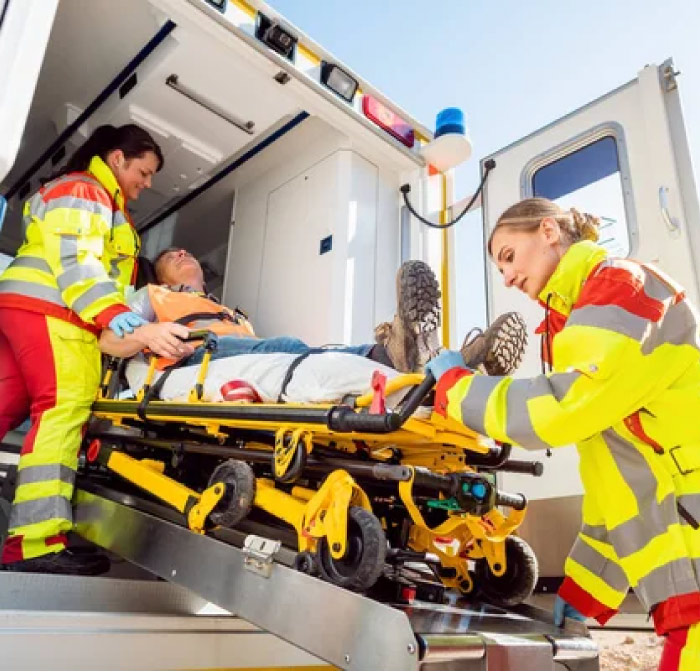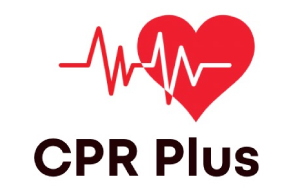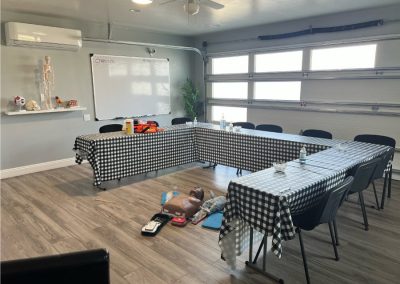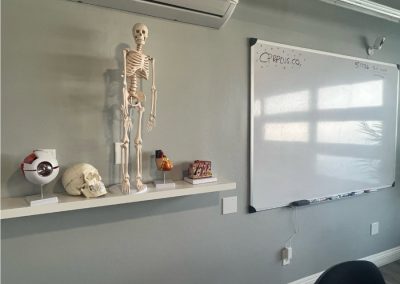Empowering First Responders: First Responder Training at CPR Plus
The ability to act decisively in the face of an emergency is a hallmark of a first responder.
CPR Plus is committed to equipping first responders with the advanced skills and knowledge they need to save lives.
Our comprehensive First Responder training program goes beyond basic life support, delving deeper into critical interventions and protocols used by emergency medical professionals.
This program is designed for individuals who are already certified in CPR and AED and are actively working in first responder roles, such as:
- Emergency Medical Technicians (EMTs)
- Firefighters
- Police Officers
- Search and Rescue Personnel
- Security Personnel

Our experienced instructors, most of whom are EMTs or Paramedics with extensive real-world experience, will guide you through a dynamic and challenging learning experience that covers essential topics such as:
- Advanced life support protocols: Understanding and applying advanced airway management techniques, oxygen therapy, and medication administration.
- Trauma assessment and management: Learning how to assess and manage traumatic injuries, including bleeding control, splinting, and spinal immobilization.
- Medical emergencies: Responding effectively to a wide range of medical emergencies, including cardiac arrest, stroke, respiratory distress, and allergic reactions.
- Scene management and patient care: Developing critical skills for effectively managing emergency scenes, prioritizing patient care, and safely transporting patients to definitive care.
- Communication and teamwork: Learning to communicate effectively with other first responders, medical professionals, and dispatch centers, while fostering strong teamwork during emergency situations.
CPR Plus’ First Responder training program is not just about acquiring knowledge – it’s about building competence and confidence.
We utilize a combination of interactive lectures, scenario-based training, and rigorous skills practice to ensure you are well-prepared to handle the complex and dynamic situations first responders encounter on the job. This program will sharpen your skills, enhance your decision-making abilities, and ultimately, empower you to make a critical difference in the lives of those in need.
Invest in your ability to save lives. Contact CPR Plus today to schedule your First Responder training!
Contact us to get started
We are committed to exceeding your expectations and are proud to offer same-day appointments for emergencies and travel to your location for group training.
Contact us to get started!




